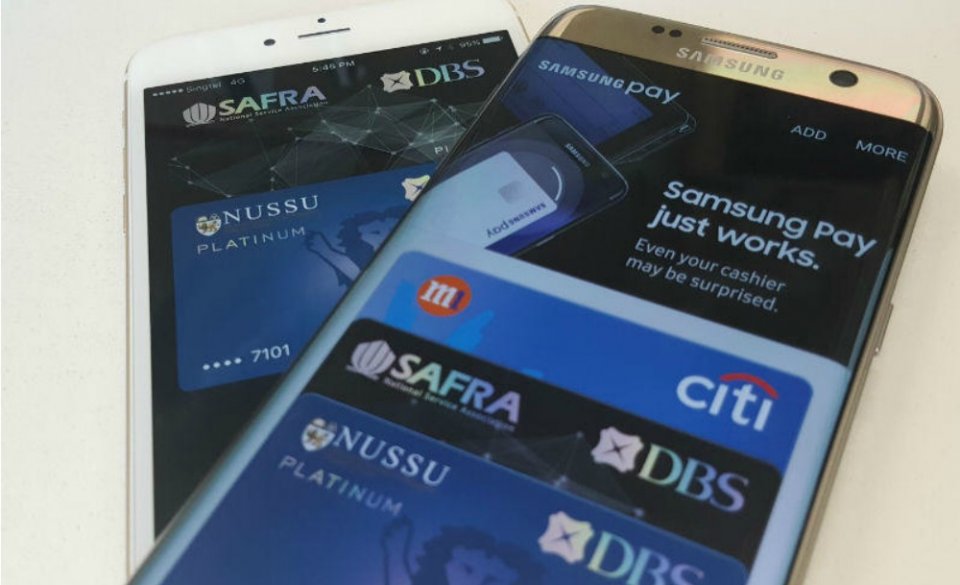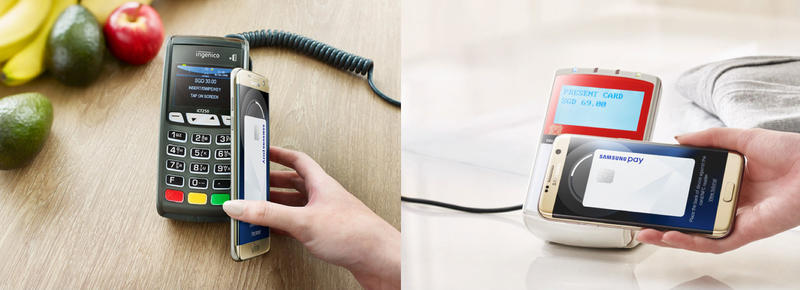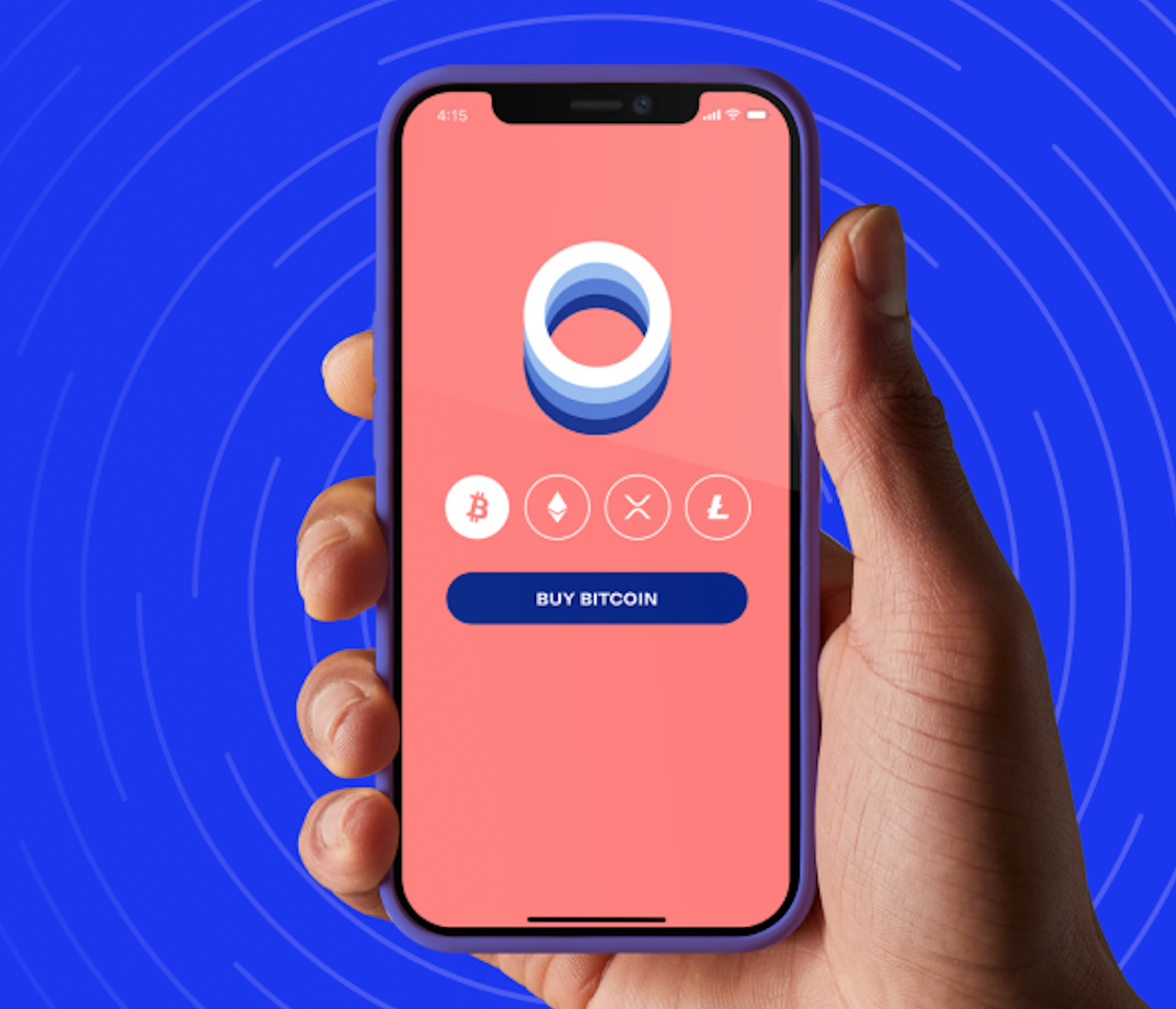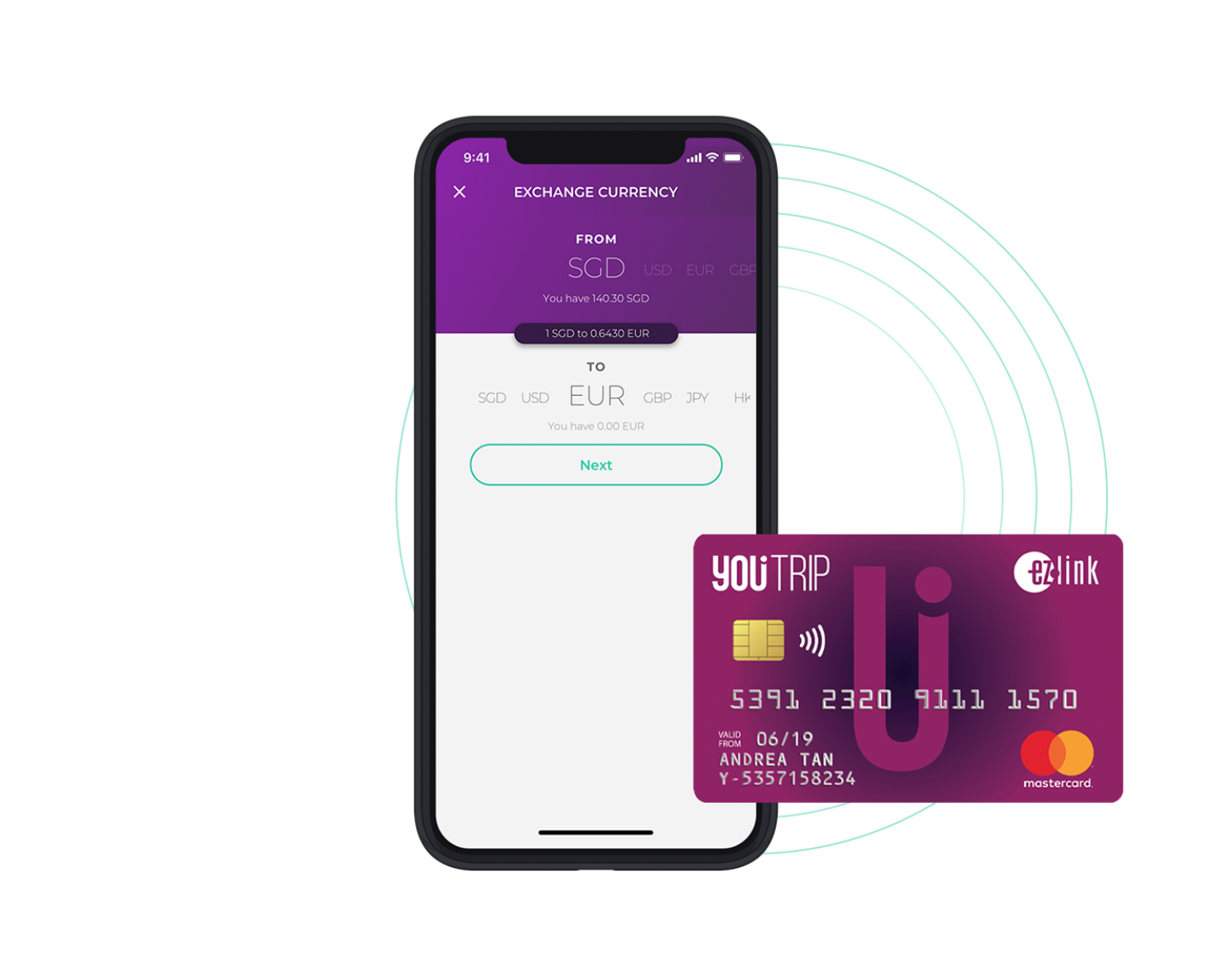With both Apple Pay and Samsung Pay finally available, you’ll no longer have to grapple with multiple credit cards in your wallet. Rather, it’s simply a matter of putting your WhatsApp messages on hold, activating your preferred mobile payment and card on the phone, scanning your fingerprint and tapping to pay.
The question is, which is your preferred mobile payment system? We have that answer for you, examining the three most basic requirements of a convenient payment system: banks, retailers, payment limit and compatible smartphones.
 Photo credit: Stuff
Photo credit: Stuff
Supported banks
Apple started off early with securing American Express and launching earlier. Then it also managed to get major local banks such as DBS / POSB, OCBC, UOB, Standard Chartered on board too. The one missing element here is Citibank.
Samsung, on the other hand, has successfully wooed Citibank, building its inventory of supported banks to also include DBS / POSB, OCBC, and Standard Chartered. UOB is still not on the list.
Nonetheless, it’s safe to say that both Apple and Samsung are still actively courting the missing banks in their list, so it’s really just a matter of time before your card is accepted on either mobile payment systems.
On the bright side, the inclusion of that many banks also mean that both Visa and Mastercard are widely accepted across Apple Pay and Samsung Pay. So there’s really no excuse that you can’t pay because that particular store doesn’t accept either of the major payment methods.
Winner: It’s a draw between Apple Pay and Samsung Pay

NFC terminals, photo credit: Stuff
Retailers
Well, this is quite straightforward. For both Apple Pay and Samsung Pay, any merchants that accept Visa payWave or Mastercard PayPass would work with either mobile payment systems. All you have to do is look out for an NFC terminal (see picture above) that has the payWave or PayPass logo.
Samsung, however, ups the ante since the payment system also integrates a magnetic secure transmission (MST) feature. Just as its name suggest, the MST feature transmits a secure magnetic signal, which is essentially emulating the action of swiping your credit card’s magnetic strip in the machine.
See where we’re going with this? That means most merchants with existing credit card terminals theoretically accept Samsung Pay. The bigger challenge, which applies to both MST and NFC payment, is getting retailers to realize that they can accept either Apple Pay or Samsung Pay.
Winner: Samsung
 |
This story originally appeared on Stuff Singapore, bringing you what’s next in the world of tech and gadgets, with a twist.
If you liked this story, you might also like “The Apple Watch’s Breathe app is simply breathtaking”.





